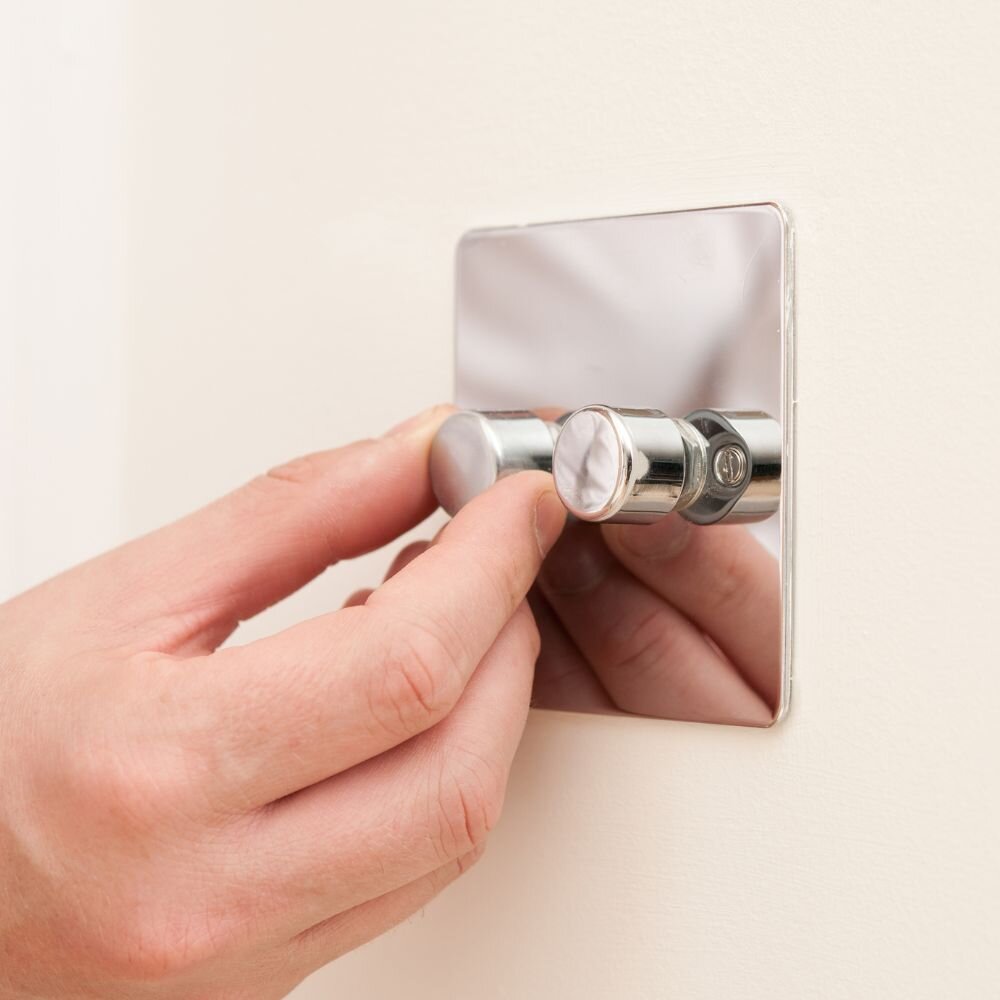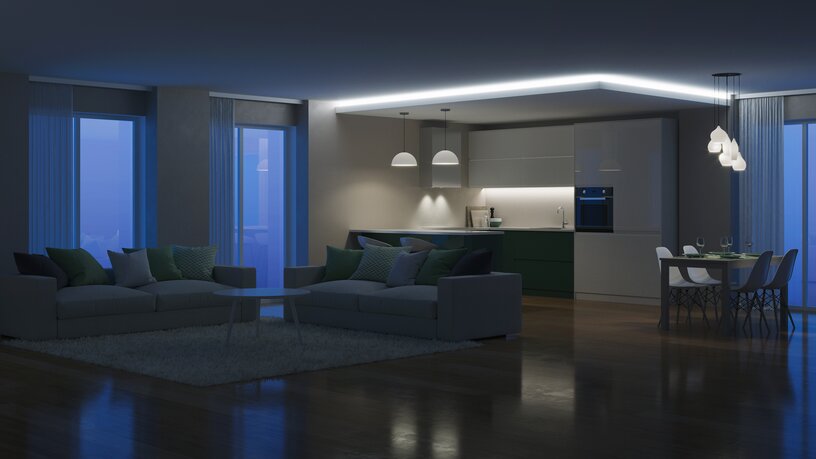Trade Members Get 10% Off All Orders. Sign Up Today

How to Tell If A Dimmer is LED Compatible
Have you jumped on the dimmable LED bandwagon? More spaces are now enjoying the flexibility of dimmable LED bulbs, letting you set the perfect mood with a simple dial, button, or smartphone swipe. This technology makes it easy to adjust the ambiance in any room and gives you control over your home’s lighting like never before.

What Are The Benefits of Dimmable LEDs?
Dimmable LEDs offer several key advantages:
- Energy Efficiency: By using less energy at lower settings, dimmable LEDs help reduce energy bills.
- Extended Lifespan: Running at cooler temperatures than traditional bulbs, they last longer and maintain their colour temperature.
- Versatile Ambience: Adjustable lighting allows you to create various moods, from dimming conference rooms to soothing bedtime lighting.
- Enhanced Productivity: Properly adjusted lighting can boost productivity and reduce eye strain in work environments.
However, many people encounter issues when integrating dimmable LEDs with incompatible dimmers, leading to flickering, circuit problems, and reduced bulb life. To avoid these issues and fully benefit from your dimmable LED bulbs, it’s crucial to ensure your dimmers are LED-compatible. Let’s explore how to check for compatibility and maximise the benefits of your dimmable LED lighting.
Understanding Leading Edge & Trailing Edge Dimmers
To determine if your dimmer is compatible with LED bulbs, it's important to understand the difference between leading edge and trailing edge dimmers. These are the two most common types found in households. They operate by adjusting the power delivered to your bulbs, essentially trimming the voltage at specific intervals. Here's a closer look at each type:
Trailing Edge Dimmers
These types of dimmers have certainly seen an increase in popularity in recent years. Trailing edge dimmers are designed to be specifically used with LED bulbs. As LEDs are designed to have a much lower wattage than their incandescent counterparts, the wattage range within trailing edge dimmers is much more compatible than other options, meaning users will get the most out of their dimmable lights, for longer. Of course, trailing edge dimmers can be used to alter the brightness of your incandescent bulbs, but only if the wattages are within a specific threshold.
Leading Edge Dimmers
If your home has had a dimmer installed for several years, well before your LED bulb installations, then chances are it’s a leading edge dimmer. This dimmer has been used to dim traditional incandescent and halogen bulbs for decades - this is possible, thanks to its higher wattage capabilities. It’s due to this high wattage range that makes leading edge dimmers incompatible with modern LED bulbs, as the high wattage of the unit is likely to cause issues with your low watt LED bulbs and prevent them from working correctly.
How Can I Tell That My Dimmer Is LED Compatible?
With so much data about dimmer types, wattage and bulb types available, it’s easy to feel overwhelmed and confused by the information available. The best way to see if your current dimmer is LED compatible is to check the minimum and maximum load range of the switch itself.
Trailing edge dimmers work best with LED lights while leading edge dimmers work best with traditional incandescent and halogen lights.
Once you know the load range of your dimmer you can use a calculation to determine how much LED lights your dimmer switch can support. For example:
- The dimmer switch has a load range of min. 0W to a max. 120W.
- The LED strip light you are using has a wattage of 9.6W per metre.
- 120W / 9.6W = 12.5 round down to the nearest metre = 12 metres. This means that your dimmer switch can support up to 12 metres of LED strip lights.
Using a dimmer switch outside of the load range can cause flickering and poor dimming. Over time this could damage the performance of the LEDs.
Signs That You Have An Incompatible Dimmer
The most common indications that you’re using an incompatible dimmer with your LED bulbs include:
- Your lights are flickering when the lights are bright and on low levels.
- A buzzing or faint humming sound is coming from your lights.
- They’re not dimming or getting brighter on command.
- Your LED bulbs are blowing and need replacing.
Remember, if you’re unsure or you need assistance, you should always contact an electrician or an LED expert for more information.





